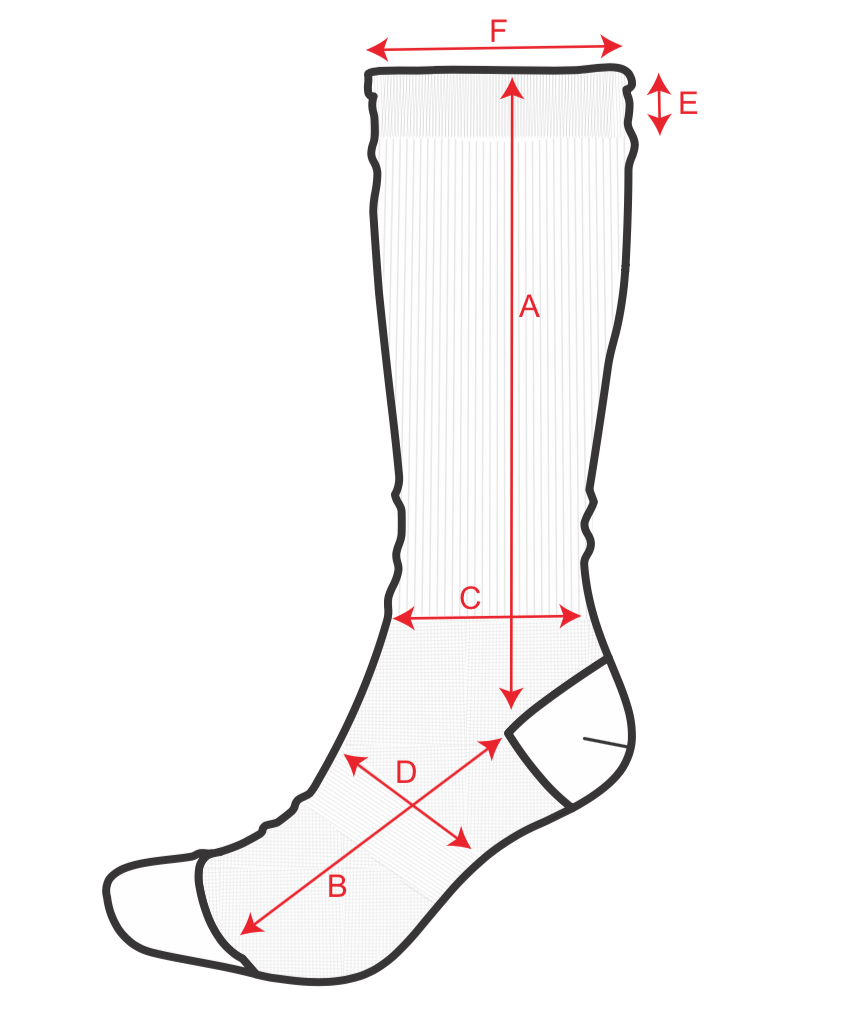Do you have any recommendations for the maintenance of cloth filters?
If you’ve ever used cloth filters, then you’ve probably experienced this: your first few brews are fantastic – full bodied, with a distinctive silky شعور الفم, but great clarity. The next day, the coffee is perhaps still good, but perhaps you feel like you’ve lost a little flavour clarity, and are not sure why. Sooner or later, no matter how carefully you’re cleaning and storing the filter, there’s a definite taint an all your brews: stale coffee oils, cardboardy notes, perhaps wet wool.
The sad fact is that the cotton used to make cloth filters clings tightly onto coffee oils and other flavour compounds. Cotton is made of many thin cellulose fibres, which consist of a complex, porous network of cellulose جزيئات winding around a hollow core (Cotton Incorporated). This creates lots of surface area and microscopic spaces within the fibre – ideal for absorbing liquids, including oils. In fact cotton is so good at absorbing oils, it’s used to clean up oil spills (V Singh, RJ Kendall, K Hake, S Ramkumar, 2013).
Once oils penetrate into the hollow spaces in the fibres, they’re extremely difficult to remove. Over time, those oils become rancid, releasing a whole spectrum of unpleasant flavours that can make their way into the brew. Worse still, the wet cotton fibres make an excellent habitat for bacterial or yeast colonies, which can form resistant films around themselves and become almost impossible to eradicate. Leaving it to dry just makes the flavour worse, as with greater exposure to air the oils will go rancid even more quickly.
This means that we at BH don’t recommend cloth filters. From a flavour point of view, disposable paper filters are the way to go. The environmental argument in favour of cloth filters is less strong when you consider the hot water and cleaning chemicals you have to use on them to keep them in good condition.
For syphon brewers that are supplied with cloth filters, you can usually buy a special adaptor that allows you to use paper filters. If you miss that thick body of a cloth filtered brew, we’d suggest experimenting more with immersion methods – a good French Press method can make an excellent full-bodied, silky brew.
If you absolutely must use cloth filters, then a good cleaning method is essential. Rinse it thoroughly under running water to remove all coffee solids, then soak in a solution of coffee cleaning chemical in boiling water. After soaking, rinse thoroughly in hot water and soak again in just water to remove all traces of chemical. Once clean, keep the filter submerged in water in the fridge if you’re using it again imminently (e.g. in a cafe) or in the freezer for longer periods of time. Doing this will maximise the time you get before that ‘old sock’ flavour becomes apparent.
